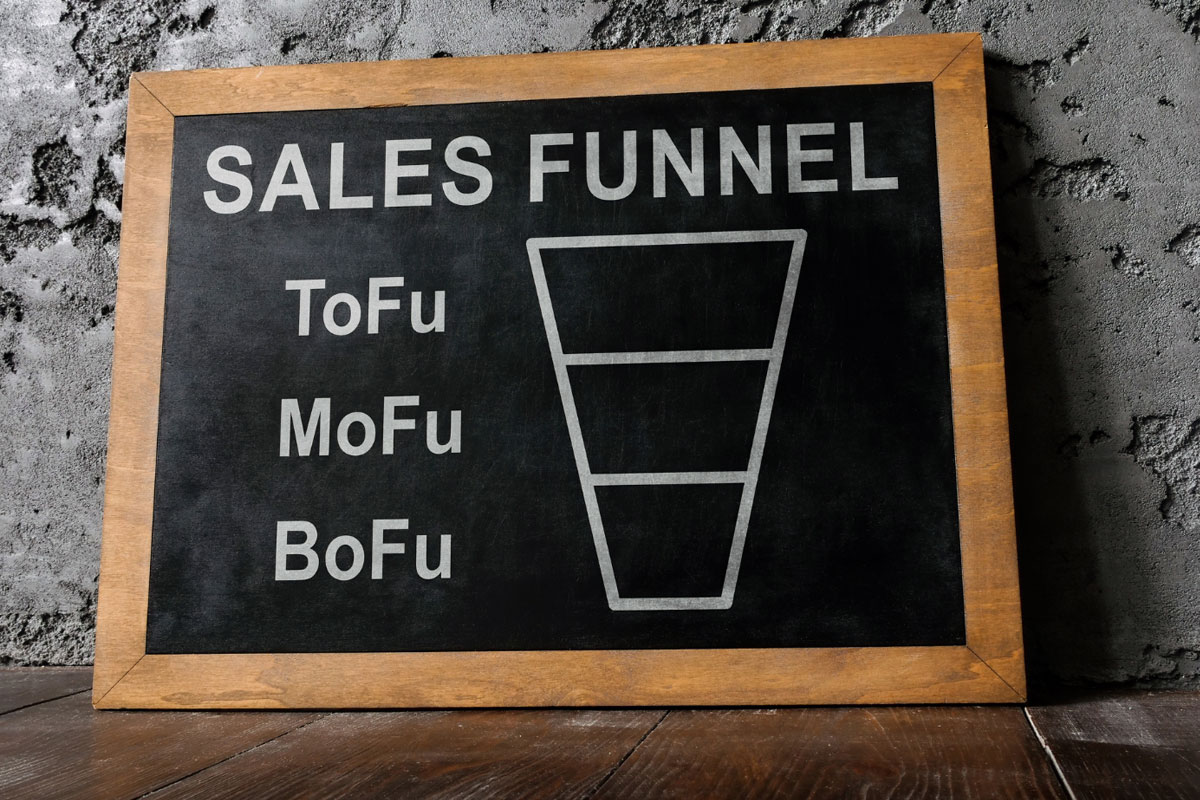
To maximize the effectiveness of your digital marketing efforts, it’s crucial to integrate the various stages of the funnel into a seamless and cohesive customer journey. In this article, we’ll explore the importance of integrated funnel strategies, provide examples of successful implementations, and offer tips for optimizing each stage of the funnel.
Introduction to Integrated Funnel Strategies
Definition and Purpose Integrated funnel strategies involve aligning all stages of the digital marketing funnel—top, middle, bottom, and post-funnel—to create a cohesive and seamless customer journey. The purpose is to ensure that potential customers experience a consistent and engaging journey from awareness to advocacy.
Importance of a Seamless Customer Journey A seamless customer journey is essential for maximizing conversions and customer satisfaction. When each stage of the funnel is well-integrated, potential customers are more likely to move smoothly through the journey, resulting in higher conversion rates, better customer retention, and increased lifetime value.
Creating a Seamless Customer Journey
Aligning Marketing and Sales Efforts Ensuring that marketing and sales teams work together is critical for a seamless funnel. This alignment involves clear communication, shared goals, and collaboration on strategies and tactics to move leads through the funnel.
Consistent Messaging Across All Stages Maintaining consistent messaging throughout the customer journey helps build trust and reinforces your brand identity. This consistency should be reflected in all marketing materials, from advertisements to email communications and sales pitches.
Personalized Customer Experiences Personalization is key to engaging potential customers at every stage of the funnel. Using data and insights to tailor content, offers, and interactions based on individual preferences and behaviors can significantly enhance the customer experience and drive conversions.
Case Studies of Integrated Funnel Strategies
Case Study 1: HubSpot’s Inbound Marketing Approach HubSpot’s inbound marketing approach is a prime example of an integrated funnel strategy. By providing valuable content at the TOFU stage, nurturing leads with personalized emails and webinars at the MOFU stage, and offering demos and consultations at the BOFU stage, HubSpot ensures a seamless journey. Their post-funnel engagement includes customer success programs and loyalty initiatives, resulting in high customer retention rates.
Case Study 2: Nike’s Omnichannel Marketing Nike effectively integrates its digital and physical marketing efforts to create a seamless customer journey. From targeted online ads and social media content to personalized email campaigns and in-store experiences, Nike ensures consistent messaging and engagement at every stage of the funnel. Their loyalty program, NikePlus, further enhances post-funnel engagement by offering exclusive benefits and personalized recommendations.
Analysis of Success Factors
- Strong alignment between marketing and sales teams
- Consistent and relevant messaging across all channels
- Personalized and data-driven customer interactions
- Comprehensive post-funnel engagement strategies
Tips for Optimizing Each Funnel Stage
TOFU: Awareness
- Focus on high-quality content that addresses customer pain points
- Use SEO and social media to drive organic traffic
- Experiment with different content formats (blogs, videos, infographics)
MOFU: Consideration
- Nurture leads with targeted and personalized email campaigns
- Offer valuable resources such as webinars, case studies, and whitepapers
- Use retargeting ads to re-engage potential customers
BOFU: Conversion
- Provide clear and compelling CTAs to guide leads towards conversion
- Use product demos, free trials, and personalized offers to close sales
- Showcase customer testimonials and case studies to build trust
Post-Funnel: Retention
- Implement loyalty programs to reward repeat customers
- Maintain personalized follow-up communication to keep customers engaged
- Offer exceptional customer support and proactive success programs
Common Pitfalls and How to Avoid Them
- Inconsistent messaging: Ensure all teams are aligned on brand messaging and voice.
- Lack of personalization: Use data and insights to tailor interactions and offers.
- Poor post-funnel engagement: Continuously engage and support customers after the purchase.
Information Table on Overall Funnel Performance Metrics
| Key Performance Indicator | Definition | How to Measure |
|---|---|---|
| Funnel Conversion Rate | Percentage of leads moving through each funnel stage | CRM systems, analytics tools |
| Customer Lifetime Value (CLV) | Total revenue generated from a customer over time | Financial analysis, CRM systems |
| Lead Response Time | Time taken to respond to new leads | CRM systems, sales tracking software |
| Customer Satisfaction (CSAT) | Measure of customer satisfaction with your brand | Customer surveys, feedback tools |
| Return on Investment (ROI) | Measure of profitability from marketing efforts | Financial analysis, marketing analytics |
In the next article, we will explore measuring and analyzing funnel performance, focusing on the tools and techniques for tracking funnel metrics, and how to interpret and act on the data to continuously improve your funnel strategy.

